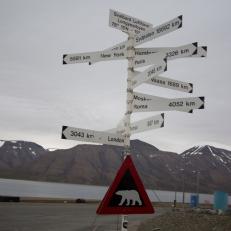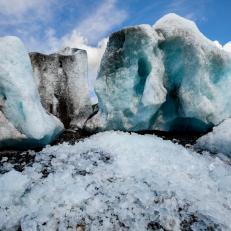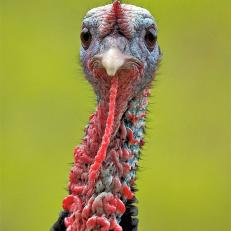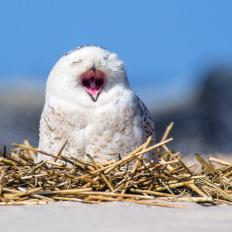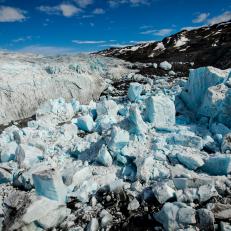Winter’s Hardest Working Mammals – Reindeer!
Throughout history, depictions of these antlered animals are everywhere during the holiday season. But there is so much to learn about these beautiful mammals that have become a wonderful representation of the happiest time of the year – click through for some interesting facts about our antlered friends.
(Sources: National Wildlife Federation & San Diego Zoo)
December 21, 2019
By:
Leah Weber
Shop This Look
A.K.A.
Reindeer are also known as Caribou in North America. Caribou used to roam the northern contiguous 48 states in the US, but a 2019 conservation effort captured the last known surviving female. She was re-located to captivity to try to preserve this endangered species.









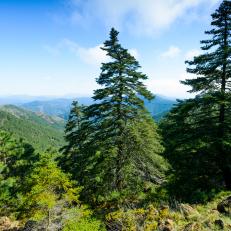
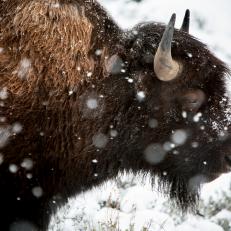
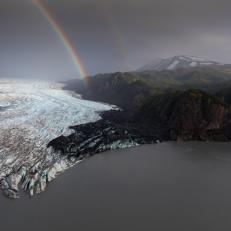

![108312270 Salzburg's famous old town and iconic Hohensalzburg fortress decorated for the Christmas holidays.
Please see my related collections...
[url=search/lightbox/7431206][img]http://i161.photobucket.com/albums/t218/dave9296/Lightbox_Vetta.jpg[/img][/url]
[url=search/lightbox/3521671][img]http://i161.photobucket.com/albums/t218/dave9296/Lightbox_Salzburg-V2.jpg[/img][/url]
[url=/search/lightbox/4780530][img]http://i161.photobucket.com/albums/t218/dave9296/Lightbox_santa_V2.jpg[/img][/url]
[url=search/lightbox/3521651][img]http://i161.photobucket.com/albums/t218/dave9296/Lightbox_alp_winter-V2.jpg[/img][/url]](http://discovery.sndimg.com/content/dam/images/discovery/fullset/2020/12/22/GettyImages-108312270.jpg.rend.hgtvcom.231.231.suffix/1608653200154.jpeg)
